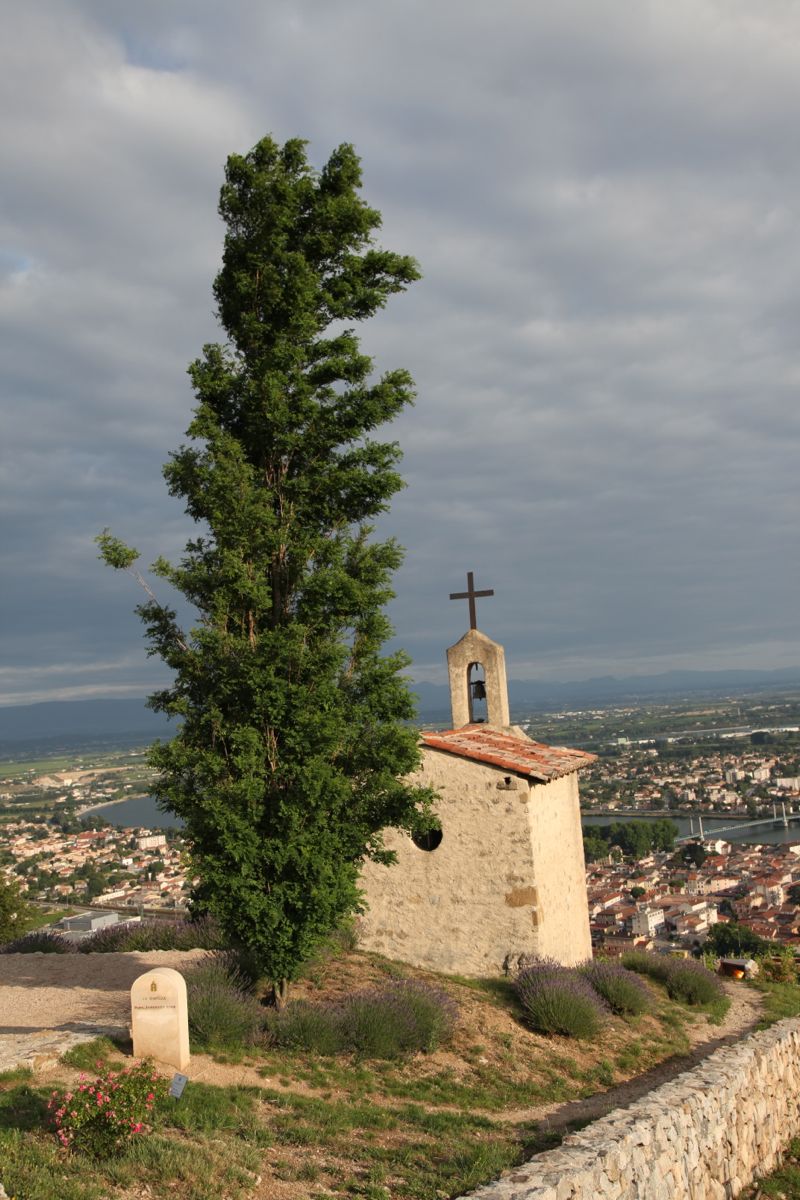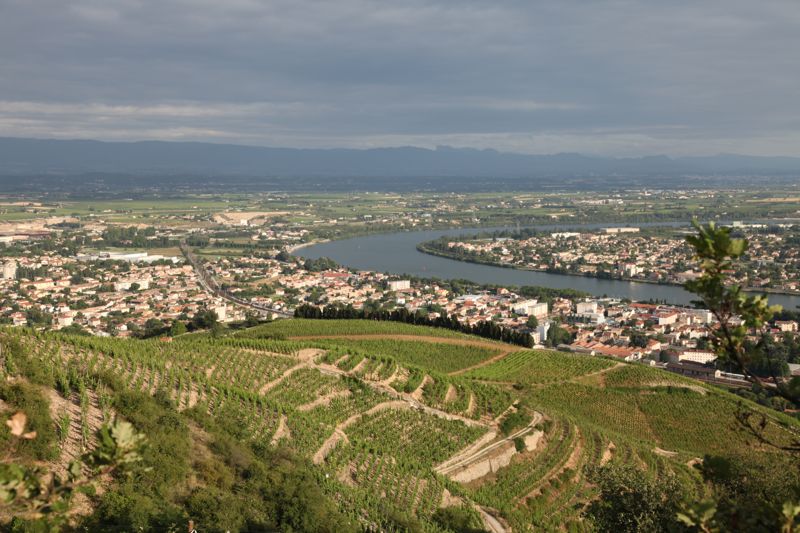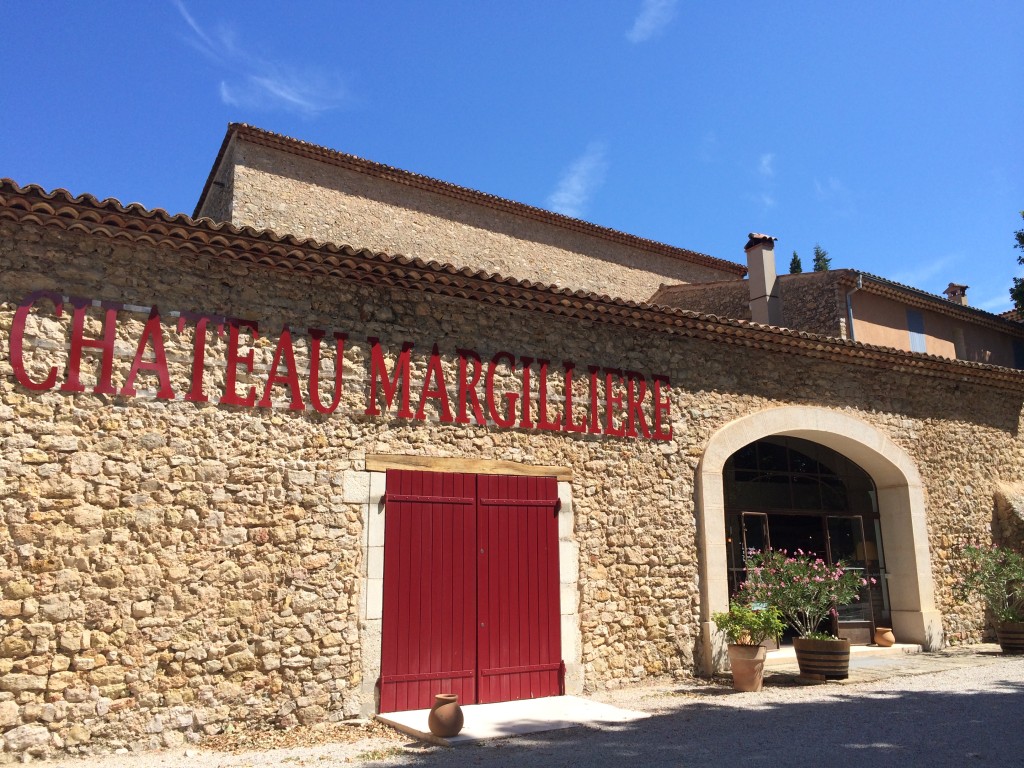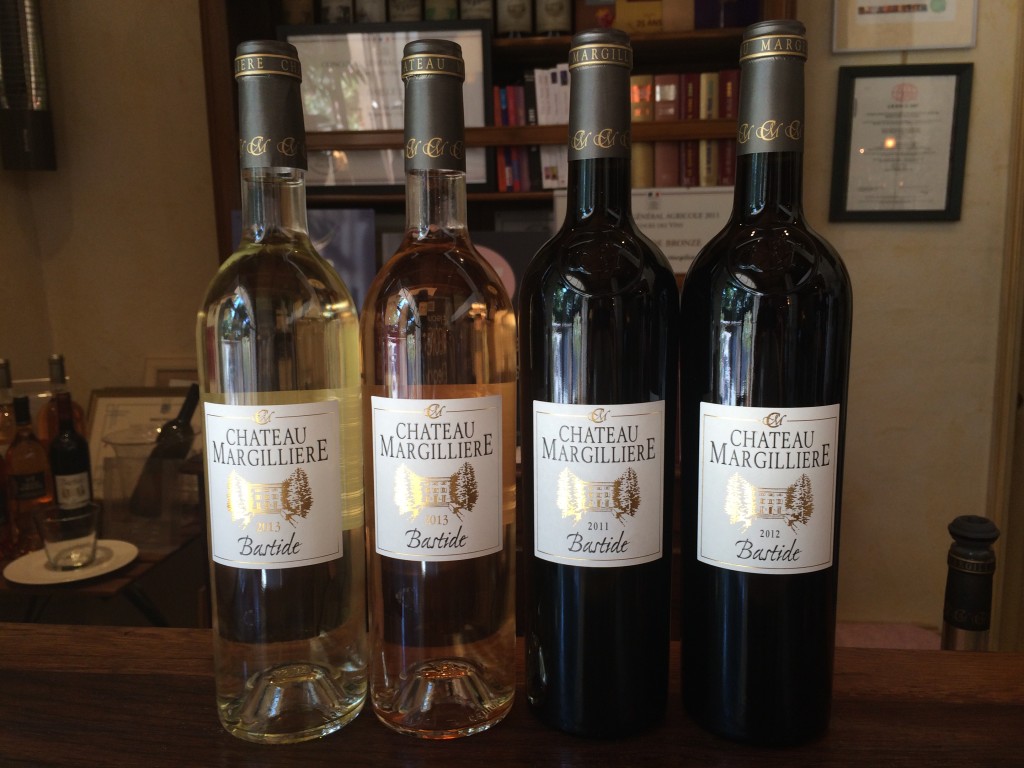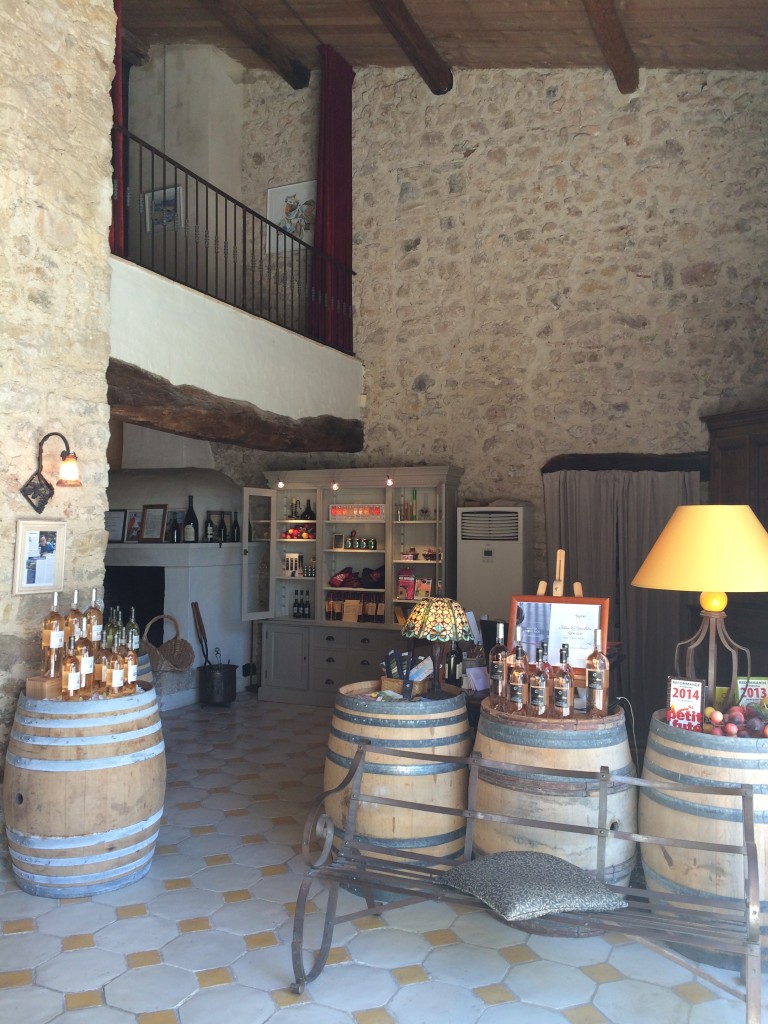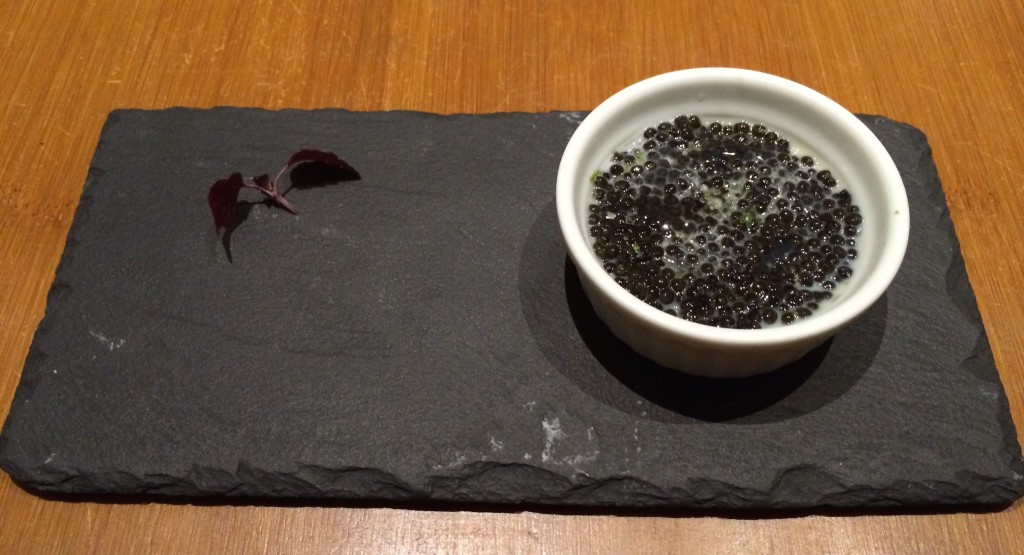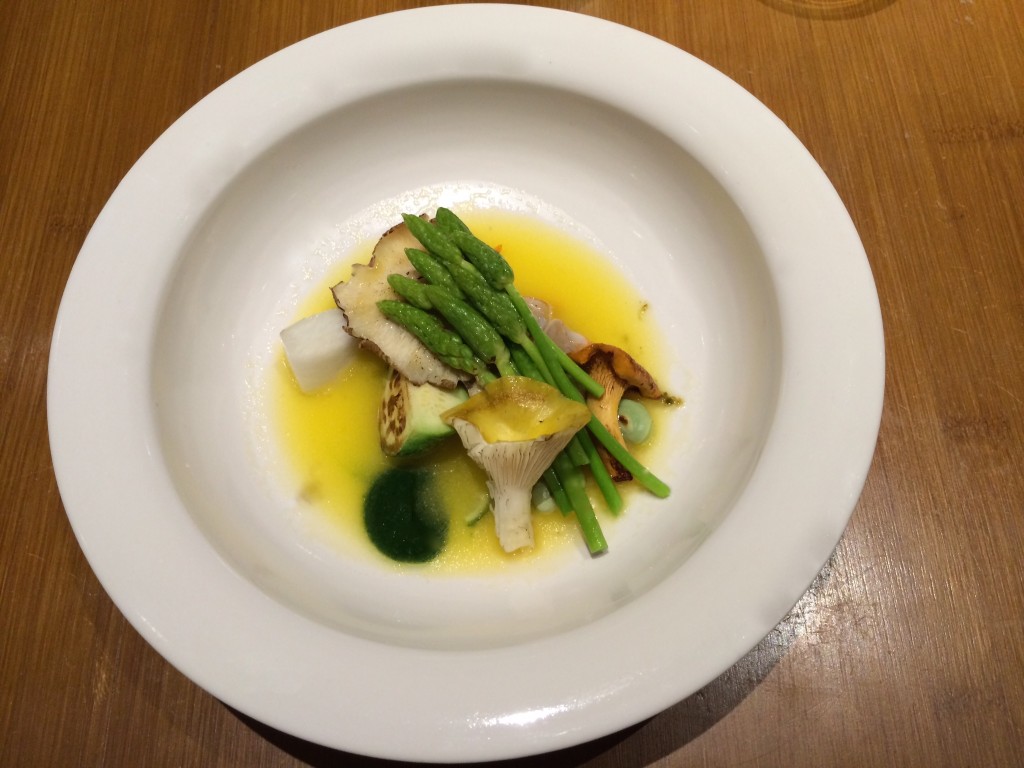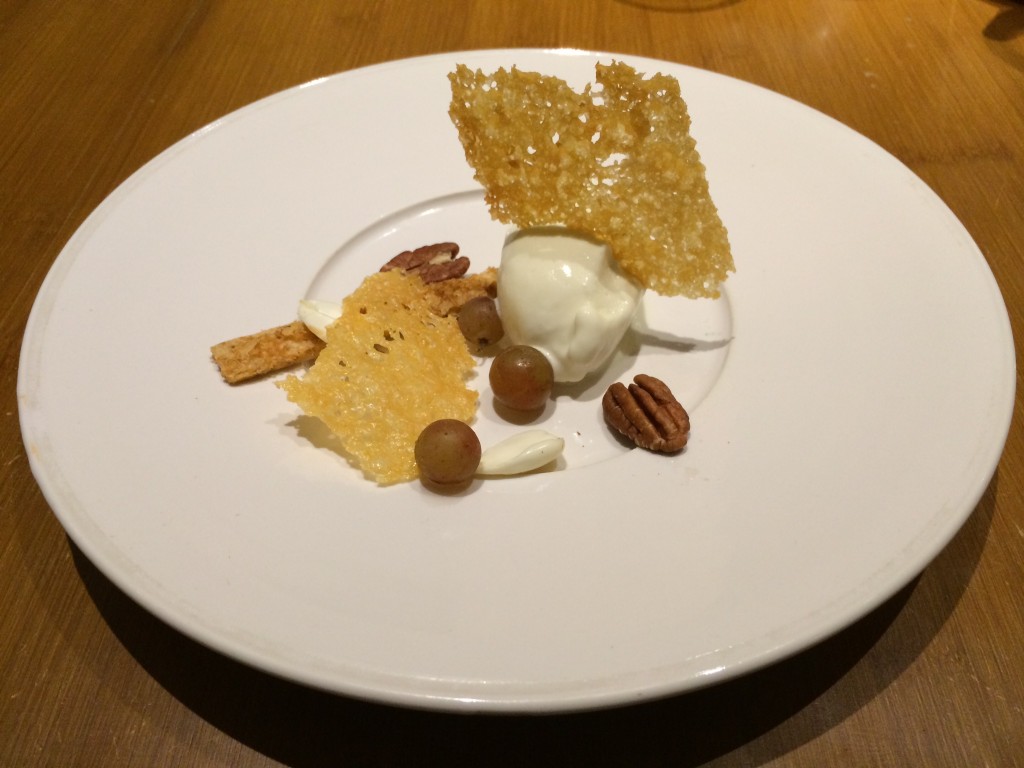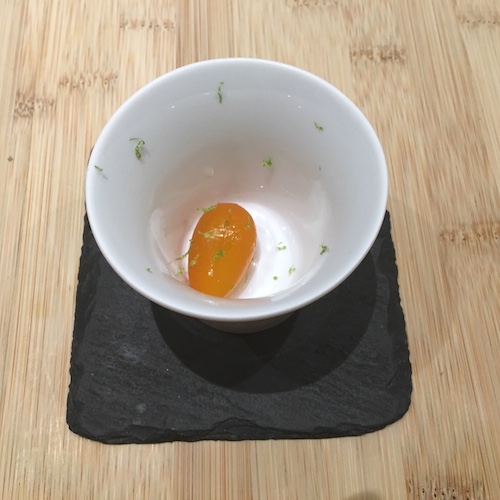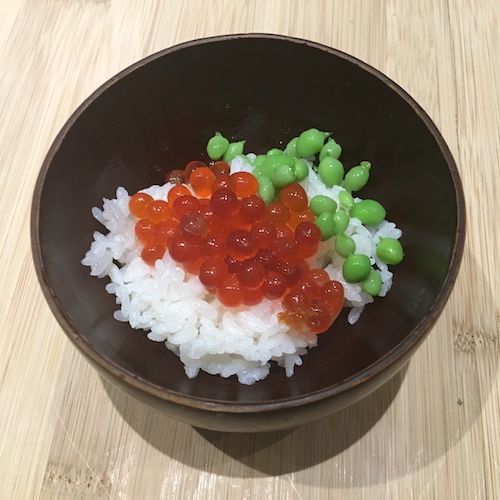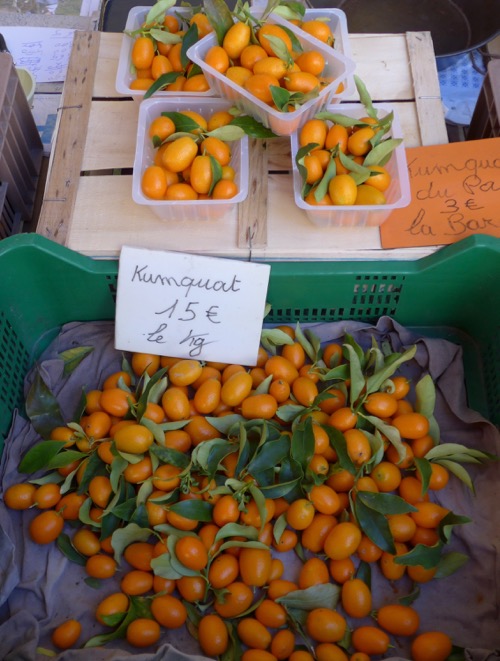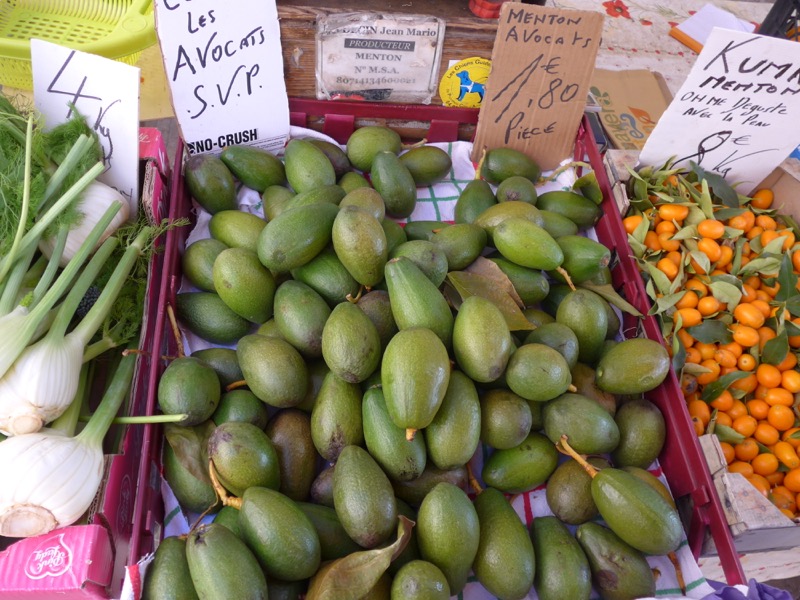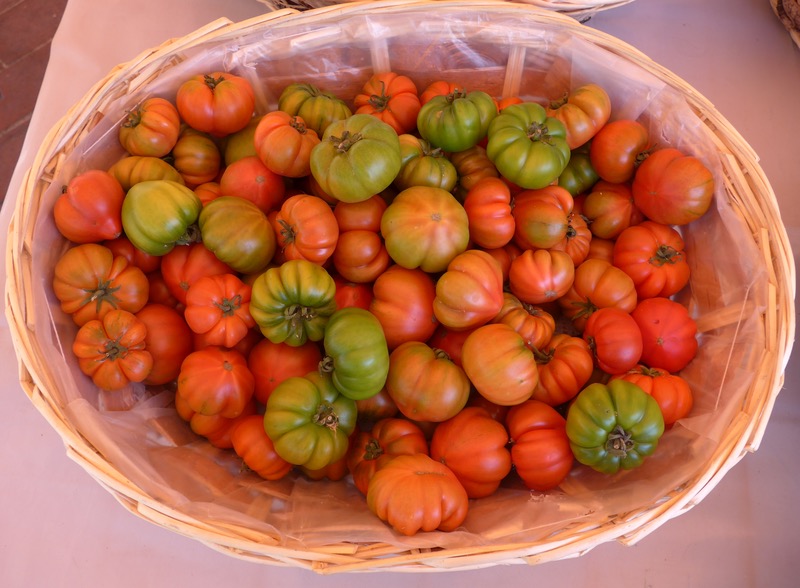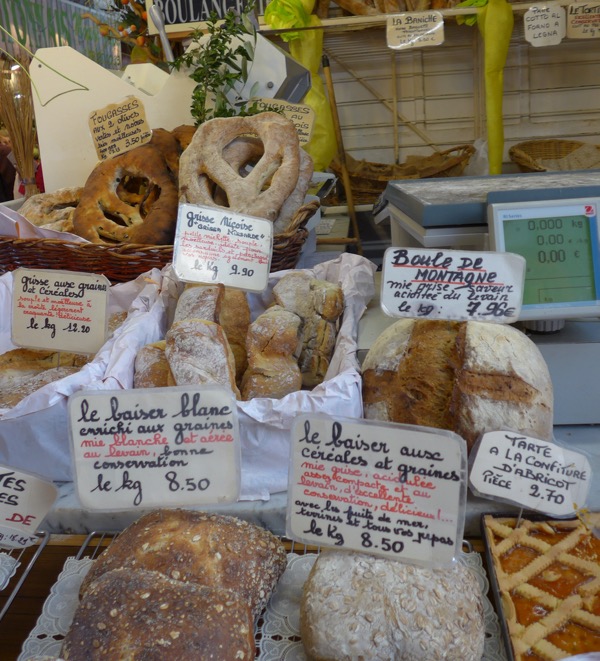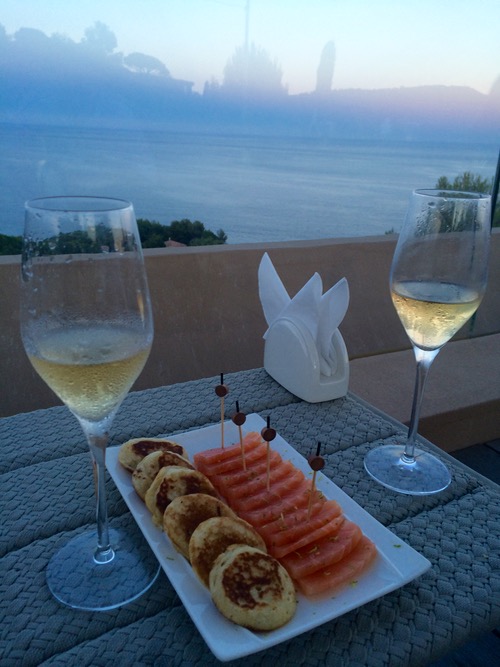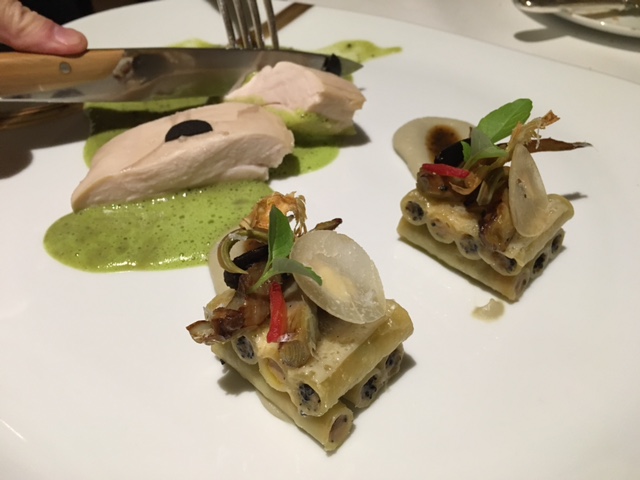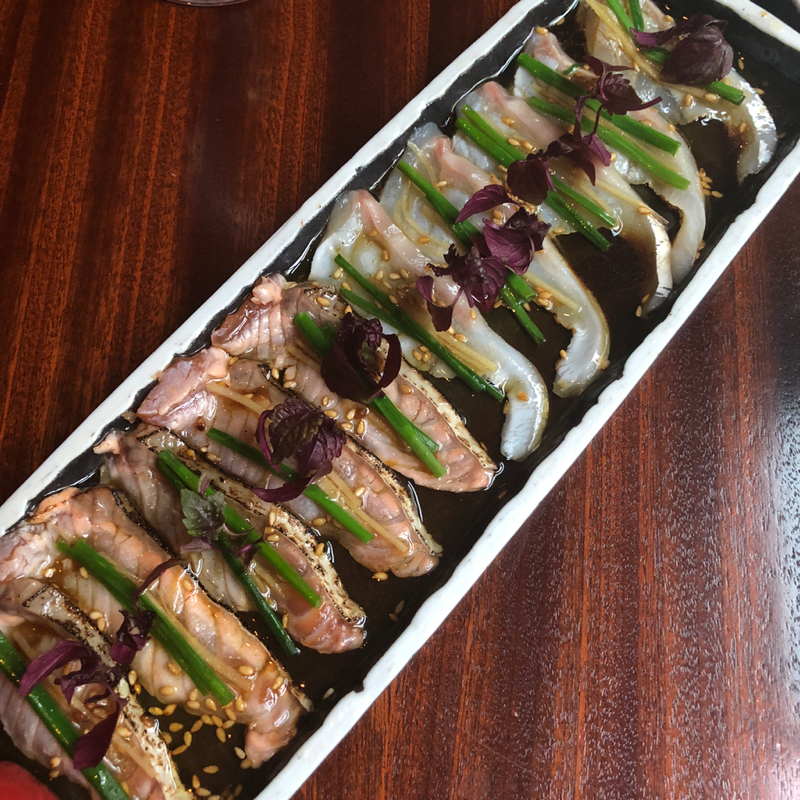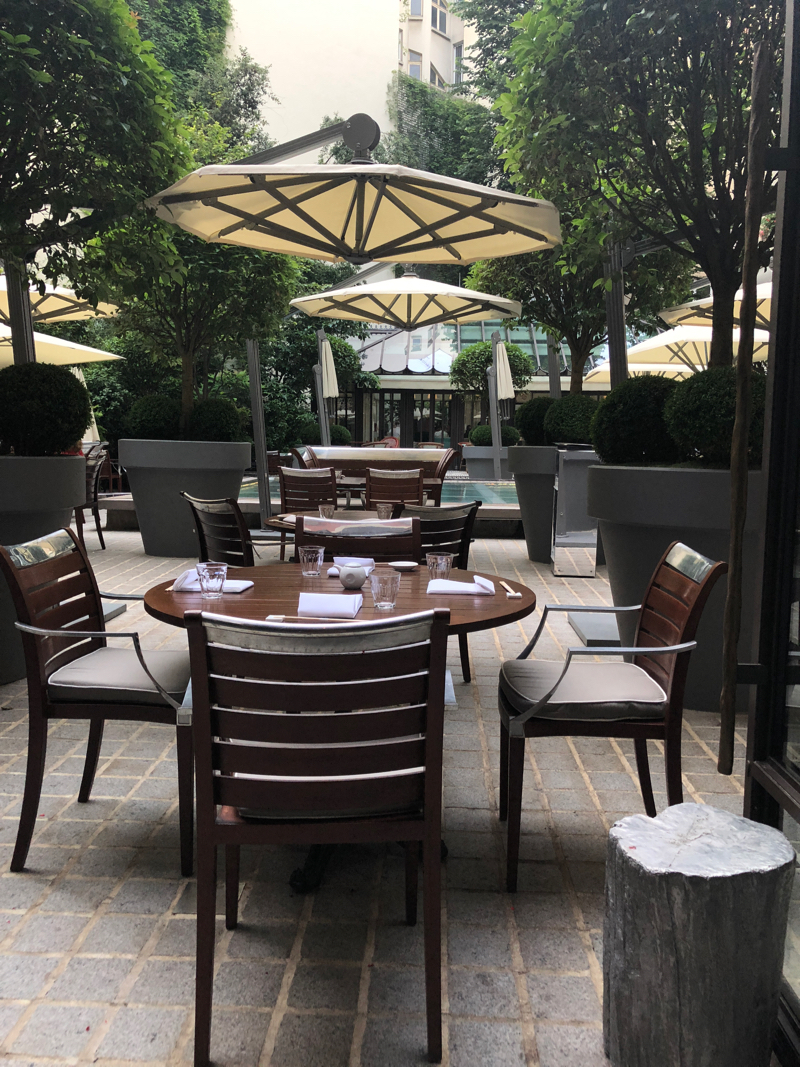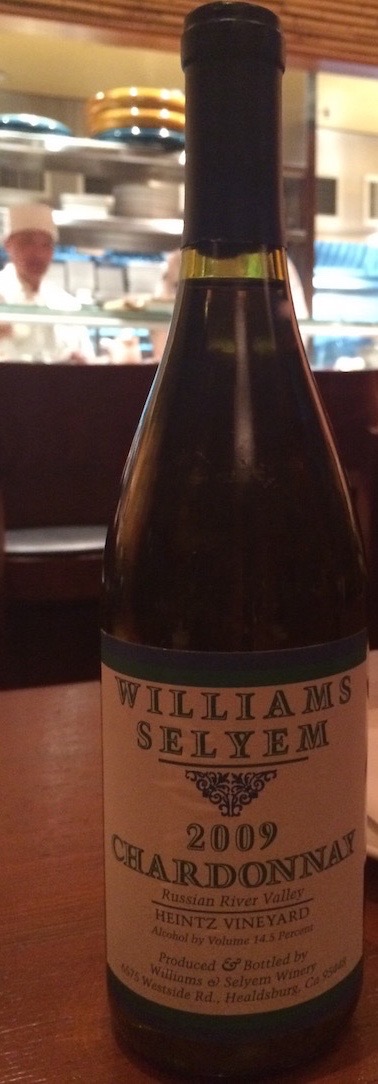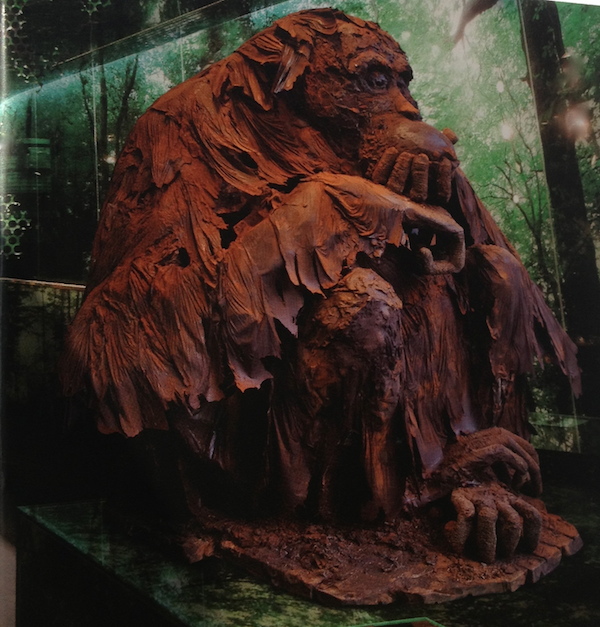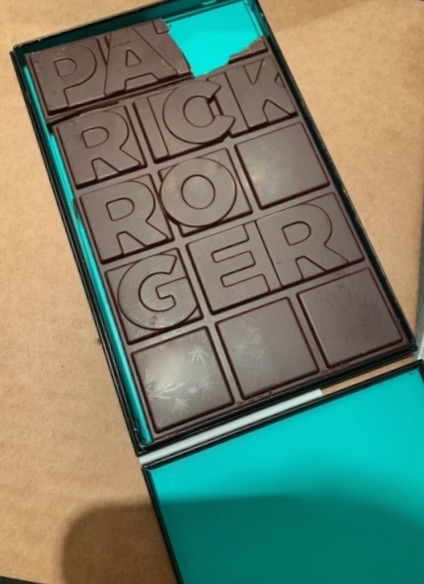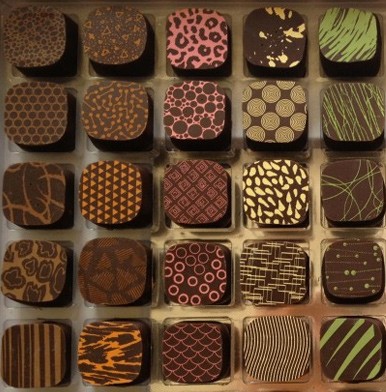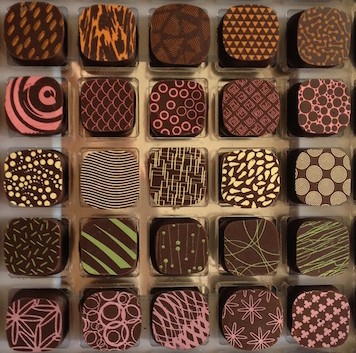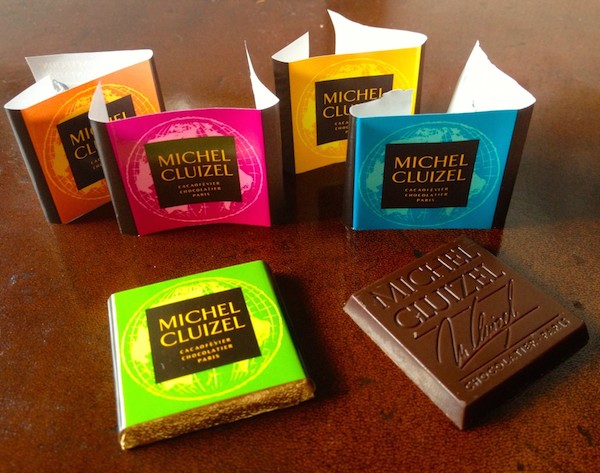Iconic Rhône vineyards: a photo essay
Syrah from the iconic Rhône vineyards in France is often the aspiration for the winemakers around the world. From the Australian Shiraz, which is the same grape varietal under a different name, to California (particularly around Santa Barbara), the red Rhône Syrah is the foundation of centuries-worth knowledge for these new wine regions to learn from.
A journey through the Rhône Valley with my camera and a thirsty palate invited my vinous curiosity to capturing the iconic vineyards of the Rhône. The celestial pilgrimage through the wine villages of Rhône Valley reached a climax in Hermitage by La Chapelle. As the French name suggests La Chapelle is an old chapel, but also a highly praised vineyard site known also as L’Hermit. Reaching towards the sky above Tain l’Hermitage village where also some of the best wine producers of the Rhône wine region reside, this is a magnificent spectacle. Local names to seek on the labels are Michel Chapoutier, P. Jaboulet Aîné, and Chave. Chapoutier, who owns the most hectares (currently 34ha) in the region, is in person quite a character, and if you pass by his winery, inquire and try to meet him. Since he in his own words begins each day with a bottle of Champagne, the encounter might get quite philosophical by late afternoon.
The iconic vineyards of the Rhône: the royal seal of Hermitage
Historically, the white wines from Hermitage were treasured with a royal respect. The richness of the Marsanne and Rousanne varietal blends won over many distinguished wine drinkers in the centuries past before the British made Bordeaux economically more desirable. Today, the ruling grape that is planted is Syrah, that together white Marsanne and Rousanne plants are pruned as bush vines in the so called gobelet. The soil varies tremendously from the prevailing granite, some loess and alpine residues, all of which can be visually discerned during a stroll around. This is an invitation, not just to the wine lovers but also landscape beauty admirers or amateurish photographers like myself, who easily capture the natural beauty of the iconic Rhône vineyards.




